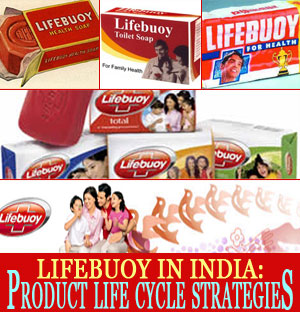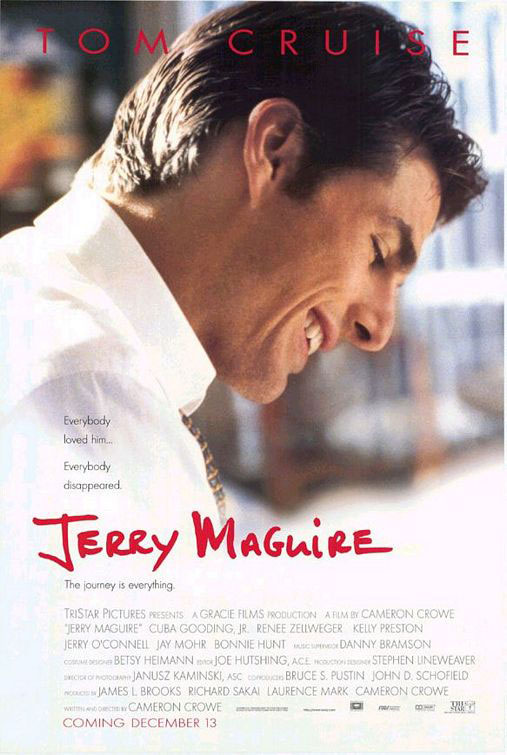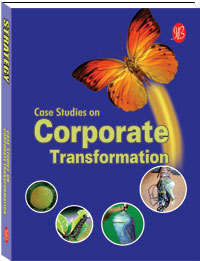Case Catalyst Archives

This case study presents the highs and lows of Hindustan Unilever Ltd.’s (HUL) Lifebuoy brand to become a nimble and good citizen brand of India, reaching millions of rural customers with a promise of ‘health and hygiene’. It highlights how Lifebuoy extended its brand life cycle by rejuvenating the brand over the years and implementing prudent marketing strategies. It also provides intriguing issues to debate on – difference between a product and a brand and how brands can extend their life cycle even after the death of PLC. |

In tune with changing trends in management education, IBSCDC introduced for the first time in the world, a novel product, Executive Brief, on its website.
The first video case study, 'From Executive to Entrepreneur' chronicles the journey of a technological entrepreneur, Udayan Bose, founder and CEO of NetElixir.com. We believe that these executive briefs would definitely be worthy add-ons to case studies to enhance student learning.

IBSCDC created a blog, caseadvantage.blogspot.com where one can find updates on various business issues to discuss and debate on. 
|
||||||
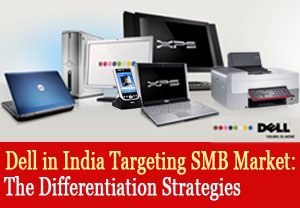
When a company goes global, especially to an emerging economy like India, should it continue to operate with its tried and tested business mode and continue to target the same old market segments or should it rejig each of this? Presenting Dell Computers’ entry into India, this case study highlights its differentiation strategies in targeting Indian Small and Medium Business (SMB) segment. However, armed with clear positioning, differentiation strategies and global advertising budget of $4.5 billion over the next 3 years for SMB market, will Dell’s Indian experiment that is largely considered a big gamble, pay off? |
|||||||

Inflation has been a nagging problem plaguing the economies across the world at various times. This case study delves into an in-depth understanding of negative impact of inflation, adoption of various anti-inflationary policies and above all how inflation affects decision-making in business. It then helps in resolving the dilemma – which is a better measure of inflation: Consumer Price Index (CPI) or Wholesale Price Index (WPI) and debates on issues like – implications of these two measures on managerial decisions and the role of anti-inflationary policy in containing inflation. |
|||||||

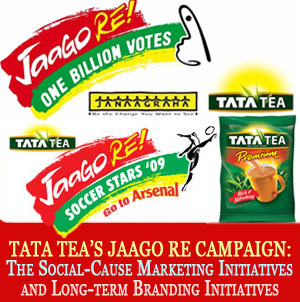
At what stage of the brand life cycle does it make sense for any company to come out of its traditional advertising model (the usual, emotional and physical characters of the product/brand) and focus on intellectual and self-actualisation issues? Marketing, once a core activity that only meant to sell products to customers, is now a messiah that is making its customers socially aware and responsible. Social-cause marketing is now catching up in India. Tata Tea’s Jaago Re campaign is a fine example of social marketing. This case study explores Tata Tea’s Jaago Re campaign and other social marketing initiatives – the possible themes and problems. It also helps debate on the need for social cause marketing when companies already have CSR as a key part of their mission and values, and whether social marketing initiatives and CSR initiatives would further enhance the brand image of the companies. Finally, it discusses on the emerging trend of corporates partnering with NGOs for cause-related marketing and possibilities for a win-win situation. |

In May 2009, IBSCDC conducted video interviews with Oscar Fernandes, a senior Indian National Congress Leader, AICC General Secretary and UPA government’s Union Minister of State for Labour and Employment and Reuben Abraham, a professor and director of the Emerging Markets Solutions Initiative (EMSI) at the Indian School of Business.
Oscar Fernandes, in the interview, speaks about his childhood, education, values in public life, journey into politics, child labour reforms in India, child labour laws, their implementation and challenges. In this video interview, Prof. Reuben speaks about BOP labs and their achievements, how BOP labs merged into a larger centre called ‘Emerging Market Solutions’ that focuses on four major aspects – small businesses, urbanisation, healthcare and education. He also speaks about micro finance, BOP market in India and its characteristics. |
||||||
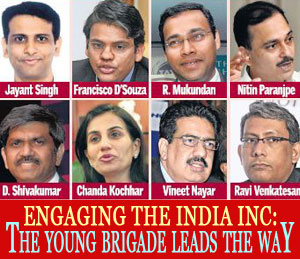
Do young executives have the right experience and exposure to take up the job of a CEO at that age? What happens when someone becomes CEO at the age of 40s/50s? With an overview on the evolution of executive career in Indian corporate sector, this case study presents an elaborate view of the new age Indian CEOs and how the role of a CEO has changed over the years, more so as the fast changing business environment is becoming less and less predictable. It also explores debating issues – how and why are organisations looking at relatively younger people to take over at the helm and the larger societal issues arising out of younger CEOs running the show. But, don’t grey hair and experience count any longer? |
|||||||
|
Can success be measured in terms of making money? Do people set limits which they would not cross to make an extra buck? Or do they go to any extent – including selling their soul and sacrificing their identity? Can it be called ‘true success’ in the absence of ethics and integrity? The 1996 blockbuster film explores Jerry Maguire (Jerry), a high-powered sports agent’s race for money and his inner feelings of guilt about his life and career. Starred by Tom Cruise, the film portrays how Jerry puts down his mission statement and reorganises his career by reestablishing parameters, setting new priorities – all with prime importance to conscience, ethics and integrity. Watch the film, Jerry Maguire that well-depicts the challenge of money vs morality and a high profile professional’s times of reflection over his life and career. |
|||||||
|
|||||||


